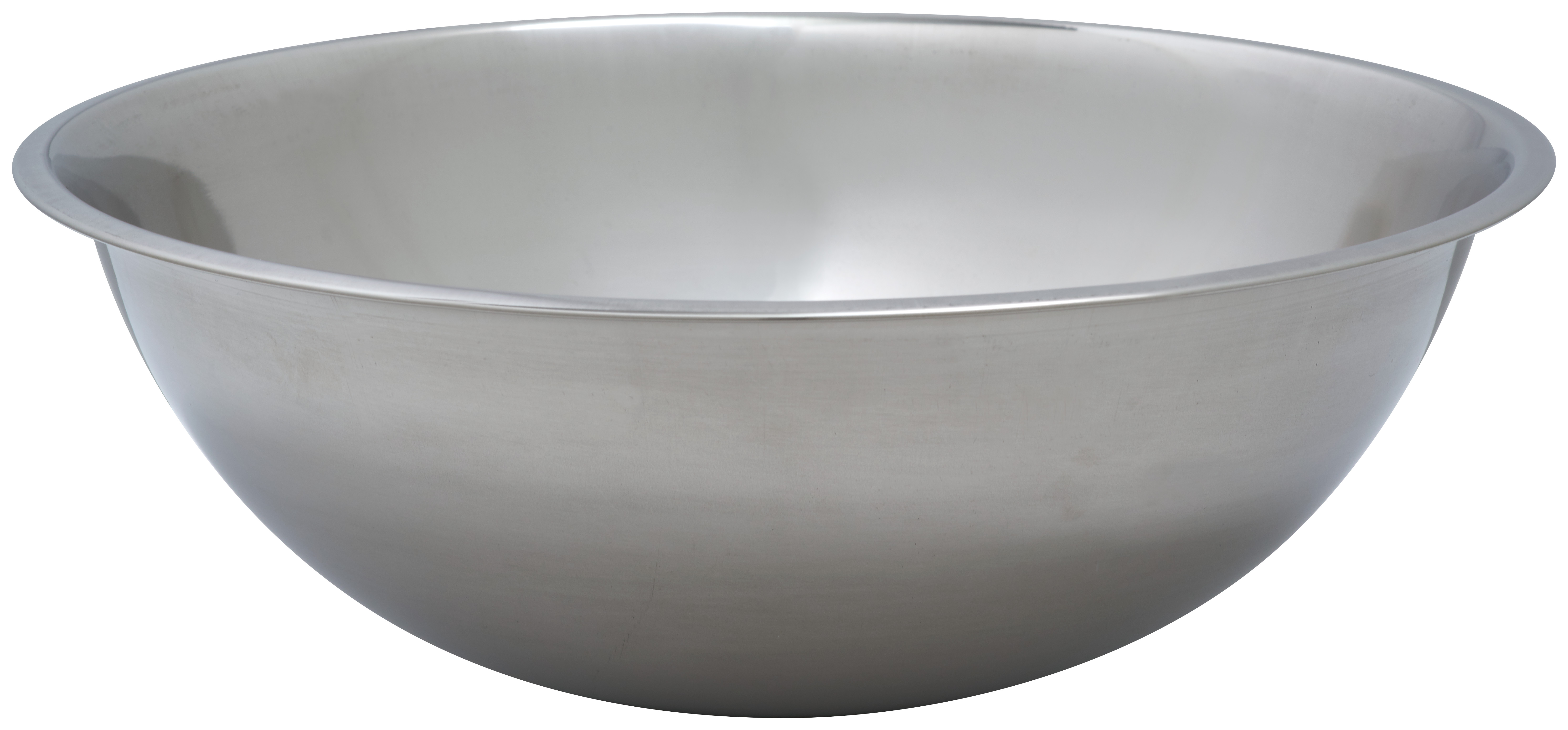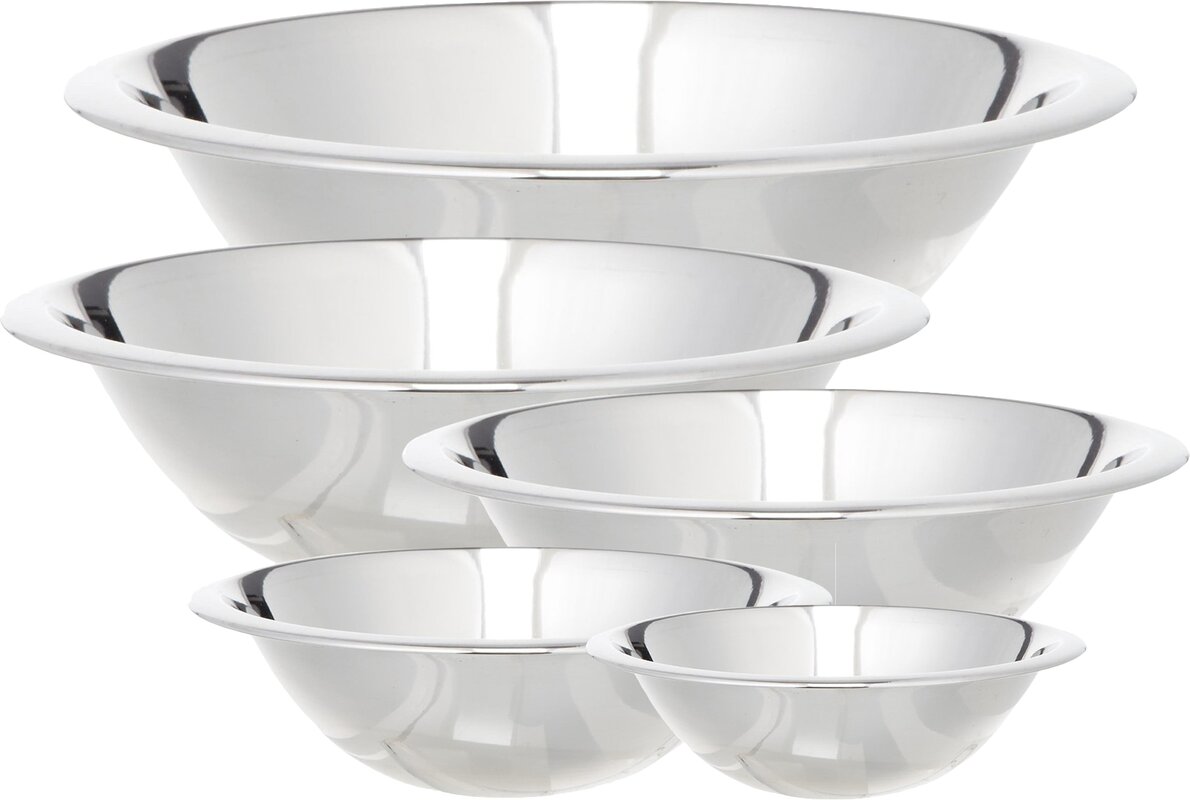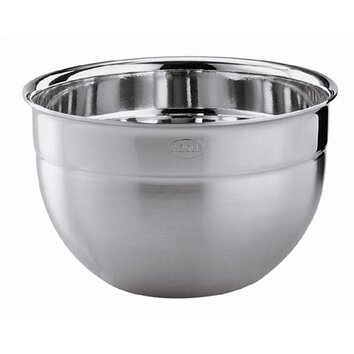

Get the benefits (and downsides) of stainless steel, with an aesthetically pleasing finish. Soft material prone to scratches, and potential to add minuscule aluminum shavings to food.We suggest using non-abrasive utensils with aluminum cookware to avoid scratches and flavor interactions.Ĭlick here to find this cookware by IMUSA on Amazon.

It’s challenging to find aluminum mixing bowls.Īs an excellent heat conductor, aluminum is typically used for pots, pans, and bakeware. Reactive material influences the flavor of foods.Īluminum is not often chosen as a material used for mixing bowls because it is a soft, reactant metal that can influence the taste of your foods.Multipurpose use as a double boiler, or serving bowl.As a mixing bowl, used at home, you might find it is not the most versatile material.Ĭlick here to find this bowl by Old Dutch International on Amazon.
#STAINLESS STEEL MIXING BOWLS PROFESSIONAL#
Professional chefs most commonly use copper as a tool for whipping egg whites because the copper chemically reacts with the egg to produce stiffened whites.

If you want a bowl that can express your creative side, and won’t let you down in terms of longevity, plastic mixing bowls come in a variety of colors and patterns to add some pizazz to functional bakeware.Ĭlick here to find this set of bowls by OXO on Amazon.

ProsĪdd style to your kitchen, with the available colors, and raised patterns of ceramic mixing bowls. Glass mixing bowls are easy to clean and serve as a multipurpose addition to your kitchen.Ĭlick here to find this set by Pyrex on Amazon. Tempered glass is a tried-and-true bakeware material. Multipurpose used as a double boiler, serving bowl, and food storage.Easy to clean and multipurpose, a stainless steel bowl can last a lifetime.Ĭlick here to find this set of stainless bowls by ChefLand on Amazon. Stainless Steel Mixing BowlsĪs an affordable, long-term investment to your kitchen, a stainless steel mixing bowl is practically indestructible. Keep reading to determine what type of mixing bowl is the best fit for your kitchen. We’ve looked closely at different types of mixing bowl materials to learn about the pros and cons of each type.


 0 kommentar(er)
0 kommentar(er)
